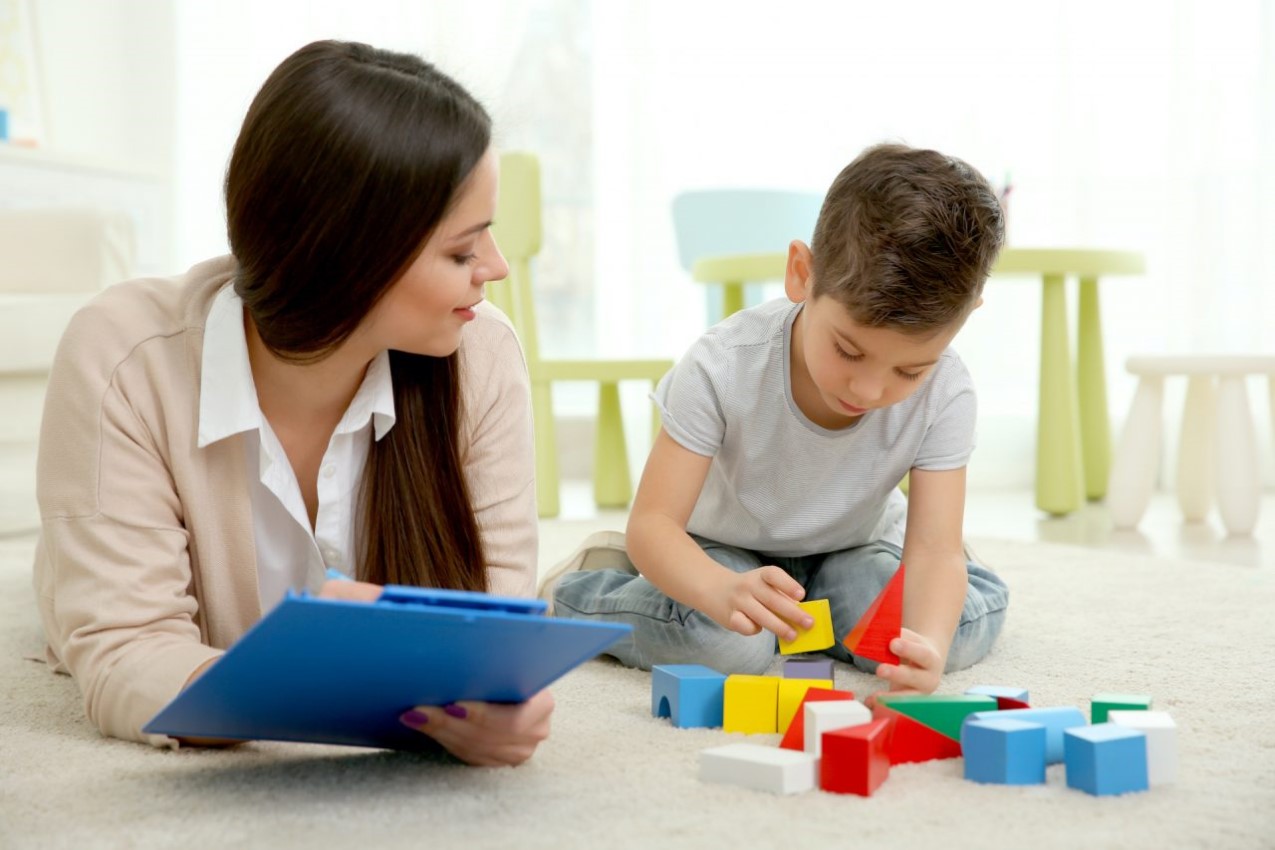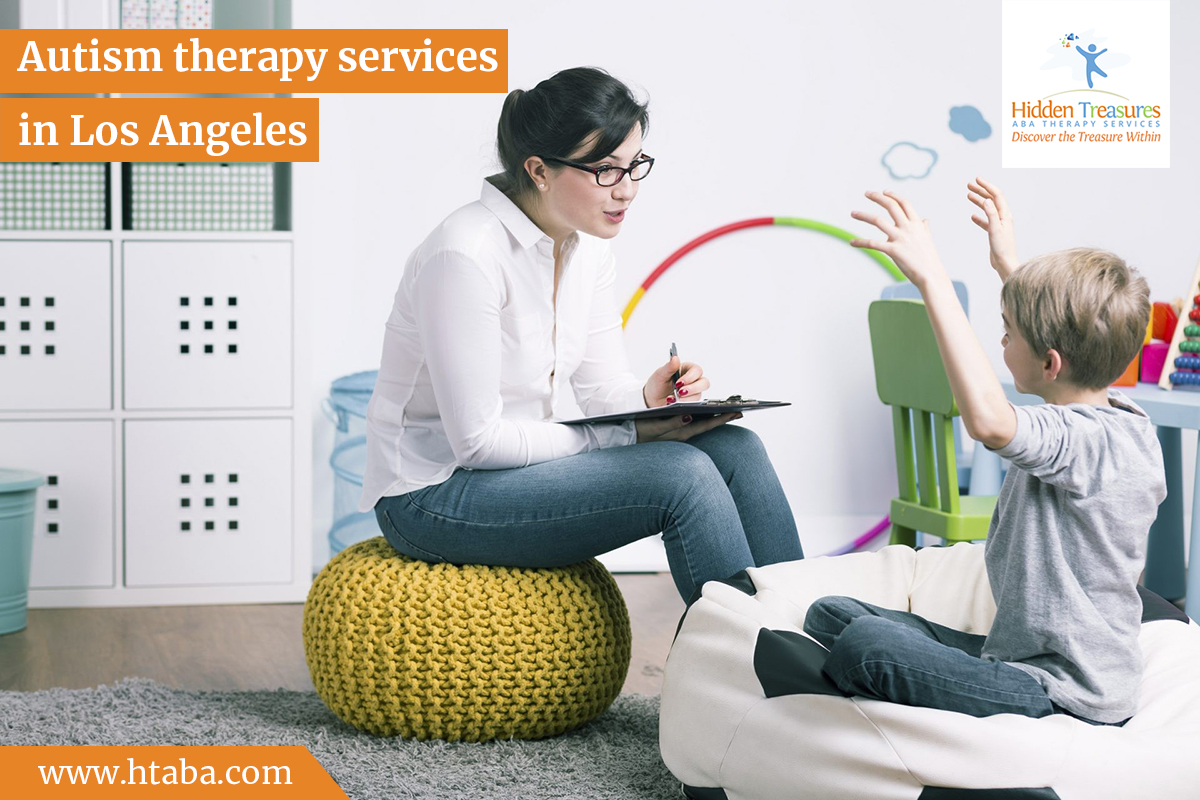Behavioral Therapy Remarkably Develops Sharper Skills In ASD
Children with autism spectrum disorder (ASD) are given early therapy to aid them in develop better skills and help them absorb daily life practices. Autism behavioral therapy imparted by trained autism therapy services is designed to follow a plan in making the learning process more relatable for the child enabling them for faster and positive response.
Autism therapy services follow scientific procedures to intervene with autism spectrum disorders ASD. They follow a series of behavioral programs like Applied Behavior Analysis (ABA), Pivotal Response Training and Cognitive Behavior Therapy as part of an intensive therapy plan. However, each child is an individual and the response value will differ in each, some might respond faster to certain skills while others may take a longer approach to reach the outcome of the therapy. Patience and understanding are traits that parents have to learn with every child and children with ASD are no different.
It has been observed that early intervention of autism behavioral therapy is more effective in children. Parents get familiar with the behavioral pattern and the methods to address them. They need to encourage positive behavior and ignore tantrums that are intended for attention-seeking means. All these simple theories go into building the best behavior in ASD children. Behavior molding towards the positive should be the foremost lookout for awarding positive behavior. A close study of the current behavior and trying to modify them is what most autism behavior therapy instructors focus on. With constant observations, they take note of both positive and negative responses in the child. The corresponding change of behavior with rewards on positive attributes offers an assessment of the therapy progress which is modified from time to time depending on the results.
Common behavioral traits sighted in ASD children are headbanging, tantrums, and repetitive movements. They are suffering from some other problem that manifests through these extreme behavioral patterns. That is the reason children with autism need help with language and social interaction. Again, one must recognize that the brain response, chemical structure, and functioning is typically different for children with ASD. Some researchers have found children with ASD are less keen on social interaction. A tendency to look away, not focus or avoid eye contact when spoken to, qualify withdrawal. Another behavioral pattern observed by therapists is their inability to focus jointly on objects indicated by the therapist or caregiver. Making eye contact and communicating a common joy between the two through eye contact again proves unsuccessful in the early stages of therapy.
Children with ASD, if not given proper therapy at the right stages, will not be able to respond to social interactions with the brain unable to connect with signs of communications. Lack of social knowledge and inability to read emotions and gestures bars them from participating in relationships.
The brain can be trained to perform tasks through behavioral development. A therapist can, through various processes and methodologies, help your child to develop fundamental social skills that will enable them to gradually absorb social interactions. Through a series of approaches, ABA, DTT, PRT, and CBT a therapist finds areas of intervention and once that breaks through is made, with repetitive behavioral pattern and imitation, small goals are fulfilled. Through gentle handling and processes of reward and retention, careful study and data are preserved to take the next step.
A range of autism behavioral therapy builds and reinforce skills recognition, substantially minimizing behavioral patterns that interfere. It is a slow transition that may be subject to relapse and again training to evolve behavior patterns. All this happens with complete support from parents and fully qualified autism therapy services that keep the correct elements in place to achieve a remarkable difference in the behavior of children suffering from ASD.
Behavioral Therapy
It has been observed that early intervention of autism behavioral therapy is more effective in children. Parents get familiar with the behavioral pattern and the methods to address them. They need to encourage positive behavior and ignore tantrums that are intended for attention-seeking means. All these simple theories go into building the best behavior in ASD children. Behavior molding towards the positive should be the foremost lookout for awarding positive behavior. A close study of the current behavior and trying to modify them is what most autism behavior therapy instructors focus on. With constant observations, they take note of both positive and negative responses in the child. The corresponding change of behavior with rewards on positive attributes offers an assessment of the therapy progress which is modified from time to time depending on the results.
Common behavioral withdrawals in Children with ASD
Common behavioral traits sighted in ASD children are headbanging, tantrums, and repetitive movements. They are suffering from some other problem that manifests through these extreme behavioral patterns. That is the reason children with autism need help with language and social interaction. Again, one must recognize that the brain response, chemical structure, and functioning is typically different for children with ASD. Some researchers have found children with ASD are less keen on social interaction. A tendency to look away, not focus or avoid eye contact when spoken to, qualify withdrawal. Another behavioral pattern observed by therapists is their inability to focus jointly on objects indicated by the therapist or caregiver. Making eye contact and communicating a common joy between the two through eye contact again proves unsuccessful in the early stages of therapy.
Children with ASD, if not given proper therapy at the right stages, will not be able to respond to social interactions with the brain unable to connect with signs of communications. Lack of social knowledge and inability to read emotions and gestures bars them from participating in relationships.
How can therapy increase the chances of adaptability?
The brain can be trained to perform tasks through behavioral development. A therapist can, through various processes and methodologies, help your child to develop fundamental social skills that will enable them to gradually absorb social interactions. Through a series of approaches, ABA, DTT, PRT, and CBT a therapist finds areas of intervention and once that breaks through is made, with repetitive behavioral pattern and imitation, small goals are fulfilled. Through gentle handling and processes of reward and retention, careful study and data are preserved to take the next step.
Conclusion
A range of autism behavioral therapy builds and reinforce skills recognition, substantially minimizing behavioral patterns that interfere. It is a slow transition that may be subject to relapse and again training to evolve behavior patterns. All this happens with complete support from parents and fully qualified autism therapy services that keep the correct elements in place to achieve a remarkable difference in the behavior of children suffering from ASD.





Comments
Post a Comment